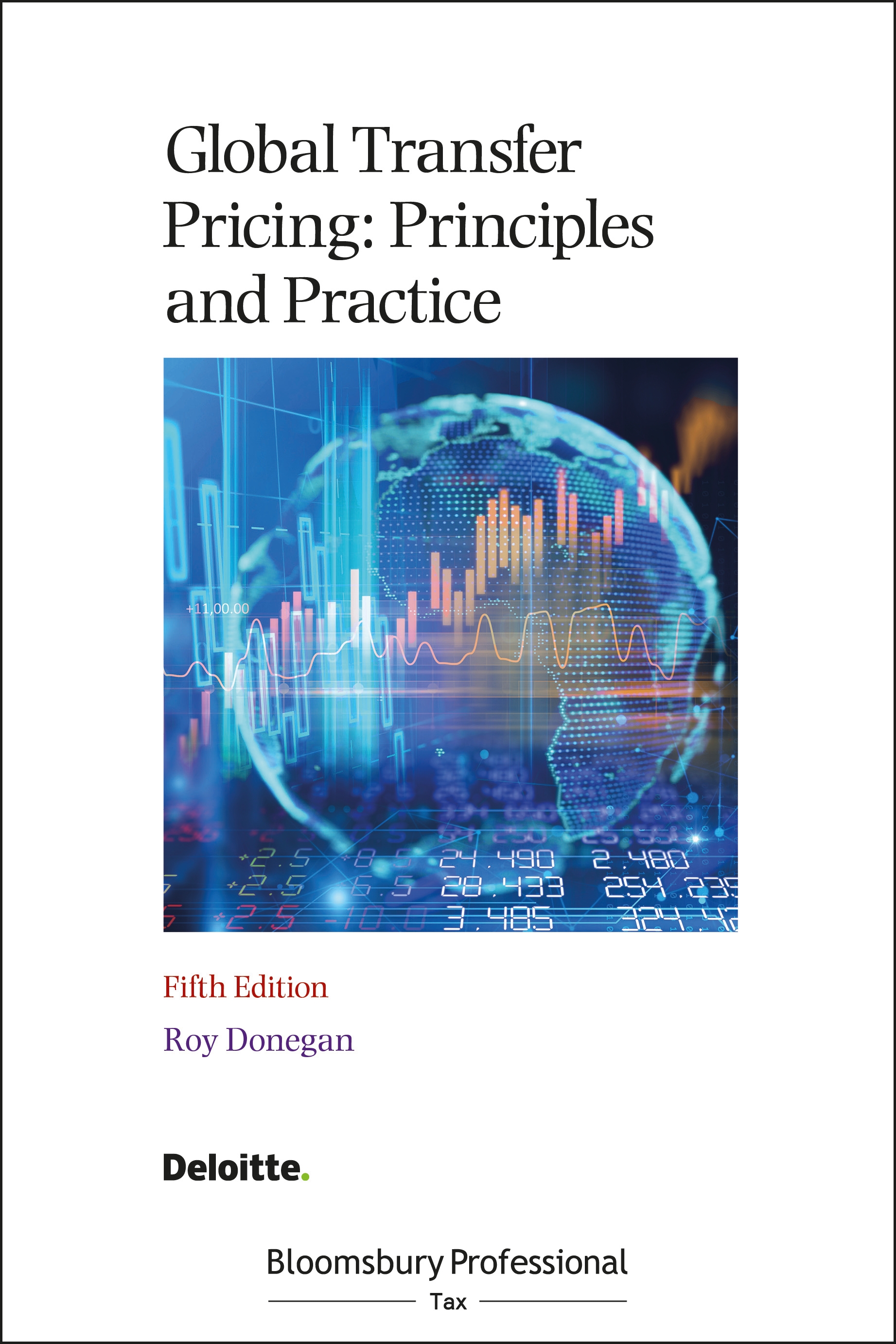Bloomsbury Professional Home
Tax
Q&A with Roy Donegan
Roy Donegan is the author of Global Transfer Pricing: Principles and Practice.
This is included in our International Tax Service.
Can you tell us a bit about your background and areas of expertise?
I am a Partner in Deloitte's transfer pricing group, based in London, UK, with twenty years' experience working in international tax and transfer pricing. I currently lead a team at Deloitte that is focused on providing specialist transfer pricing advice to privately-owned businesses; this ranges from large private companies and partnerships in the professional practices sector to innovative and entrepreneurial start-ups and fast growing disruptor businesses.
How long have you been in this area and how has it changed?
I specialised in transfer pricing in 2008. Since that point there have been significant changes across the board and the landscape is unrecognisable from how it was then. Transfer pricing is now a major focus of tax authorities and tax payers alike and the guidance available to both is now substantial. Businesses themselves have become more complex, more international and more mobile, and the environment in which they operate has become more uncertain with events such as Brexit, the Covid-pandemic, the war in Ukraine, a cost of living crisis, etc, all of which need to be factored into a transfer pricing analysis.
What are some of the current trends in your area?
The key trends in the area of transfer pricing are currently (1) the continual evolution of the guidance available to tax authorities and to multinational groups on the application of the arm’s-length principle; (2) the continual expansion of transfer pricing legislation, and penalties for non-compliance, and the exchange of information between tax authorities; and (3) an increase in focus from tax authorities who continue to become more sophisticated in their selection of transfer pricing audit cases and in the arguments that they employ.
And the most important recent updates?
Transfer pricing is an ever evolving area and the pace of change has increased over recent years and will undoubtedly continue to increase going forward. This edition captures key changes that have taken place since the fourth edition was published in 2019, including comments on a wealth of additional guidance from the OECD that was consolidated in the latest version of the OECD’s Transfer Pricing Guidelines published in 2022, current thinking and best practice in relation to operational transfer pricing, comments on new UK transfer pricing documentation requirements which came into force in April 2023, and more.
What would you say are the major challenges for the industry at the moment and why?
One of the main challenges tax payers face is undoubtedly keeping up to date with the evolving transfer pricing landscape - hopefully this book helps.

